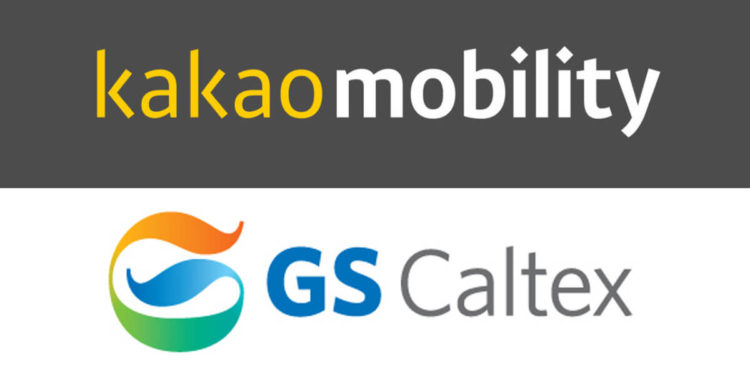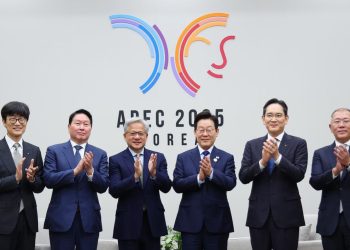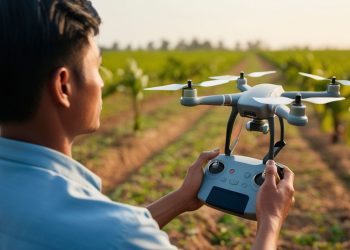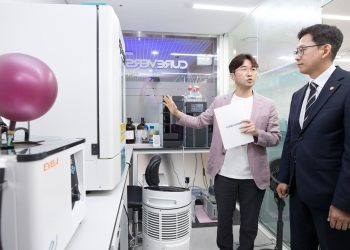Kakao Mobility Corp., one of South Korea’s top mobility service providers, received 30 billion won ($26 million) in funding from the conglomerate GS Group. According to the two companies, the investment would support their comprehensive plan to accelerate the transition towards future mobility.
Raising Funding for Future Growth
Under the latest backing, the GS Holdings subsidiary GS Energy injected 5 billion won ($4.3 million) in Kakao’s mobility unit. Meanwhile, the third-largest gas station operator in South Korea, GS Caltex, invested 25 billion won ($21.7 million).
After finalizing the investment, GS Group would hold a 0.73% share in Kakao Mobility, while Kakao Corp. would own 69.21%. Kakao Mobility’s platform provides wide-ranging AI-based transportation solutions, including e-bike, chauffeur, navigation, parking, shuttle, and taxi services.
During the past few months, Kakao Mobility raised funding from various globally renowned companies. Previously in April, Google acquired 56.5 billion won worth of shares from Kakao Mobility, supporting the latter’s self-driving technology development.
This month, LG Corp. invested 100 billion won in the mobility solutions provider, creating synergy in battery-related and mobility sectors. In June, Kakao Mobility also earned 140 billion won in a funding round from TPG Capital and The Carlyle Group.
Merging Tangible and Intangible Businesses
Kakao Mobility also shared that it would use the accumulated earnings to introduce more services, strengthening its domestic leadership position. Following the investment, Kakao Mobility and GS plan to create synergy for the future mobility sector. To this end, they would merge capabilities to upgrade existing operations.
In particular, the two companies would create synergy between GS Caltex’s nationwide network of gas infrastructures and LPG stations and Kakao Mobility’s technology-centric mobility solutions.
Both parties would also utilize Kakao Mobility’s extensive data and expertise on future mobility operations to operate GS Caltex’s 2,300 gas stops and 370 LPG stations throughout the country.
GS Caltex also noted that it specializes in ‘tangible’ business areas, including gas stations. Meanwhile, Kakao Mobility’s advantage lies in ‘intangible’ businesses, including AI and autonomous driving. Moreover, the two companies plan to merge these areas, creating a new, future-oriented industry segment.
Enhancing Existing Mobility Services
Last year, Kakao Mobility collaborated with GS Caltex to launch battery-charging services for its e-bike-sharing platform throughout local gas stations. The company also plans to expand its logistics and transportation operations.
For instance, Kakao Mobility is reportedly discussing with Hwamulmaen, YLP, and other South Korean logistics service providers. A company official also shared that Kakao Mobility considers including last-mile and same-day courier services in its long-term plans.
Similarly, GS Caltex has been increasing efforts to optimize its current networks for future services and the vehicle electrification trend. In November 2020, GS introduced Energy Plus Hub, a hydrogen and electric vehicle charging station.
Besides supplying energy to vehicles, Energy Plus Hub offers other lifestyle services promoting better vehicle accessibility, safety, and management. GS Caltex also stated that it would actively form industry-crossing partnerships with various companies for future growth.







